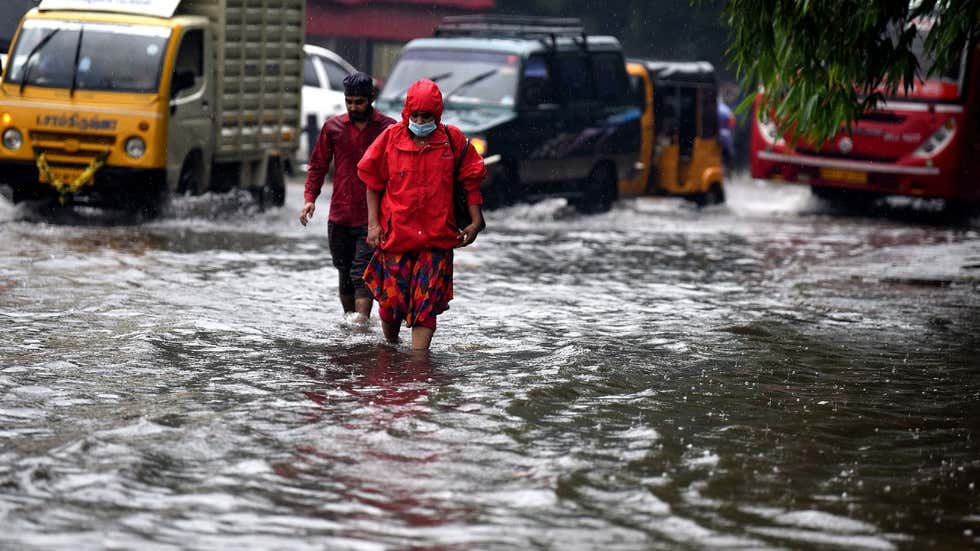
#October2020 Marked India’s Warmest Nights in 50 Years; #November Likely to Remain Dry
weather.com/en-IN/india/ne…
(📸: IANS)
weather.com/en-IN/india/ne…
(📸: IANS)

#October2020 witnessed a combination of multiple weather conditions across India—#DryWeather in the north, heavy rain spells in the south and northeast and extreme temperatures in the centre and east.
October is a transitional month in terms of temperatures, as variations...
October is a transitional month in terms of temperatures, as variations...
in both maximum and minimum temperature occur during this period.
#DidYouKnow | #October2020, saw much higher variations than normal. As per IMD, it witnessed the warmest nights among all the nighttime temperatures of October since 1971.
#DidYouKnow | #October2020, saw much higher variations than normal. As per IMD, it witnessed the warmest nights among all the nighttime temperatures of October since 1971.
With almost 1ºC above normal temperatures, October 2020 is the third warmest in terms of both daytime and mean temperatures in the past 50 years.
Only the Octobers of 2015 and 2017 were warmer than this year.
#ClimateAction
Only the Octobers of 2015 and 2017 were warmer than this year.
#ClimateAction
In addition, New Delhi’s prime monitoring station Safdarjung recorded its second-lowest monthly mean minimum temperature (MMT) at 17.2ºC last month, trailing behind October 1962 (16.9°C).
#climatechange
#climatechange
The India Meteorological Department (IMD) released the monthly weather report for October 2020 this week, illustrating all the vivid details of these vagaries. The southwest monsoon—which typically withdraws by October 15—lingered much longer than normal...
... and extended its stay till October 28. As per IMD records, this was the third-most delayed withdrawal of the season on record since 1975, following the years 2010 and 2016. 

IMD notes that a total of three cyclonic circulations formed over the #BayofBengal in October this year, but none intensified into a cyclone.
IMD records show that since 1980, last month has been the only October that did not see any cyclonic event.
IMD records show that since 1980, last month has been the only October that did not see any cyclonic event.
The forecast for November highlights that the month’s average maximum temperatures are likely to be near normal across the country, except Jammu and Kashmir, Himachal Pradesh, Punjab, Assam, Odisha, and Chhattisgarh.
• • •
Missing some Tweet in this thread? You can try to
force a refresh








